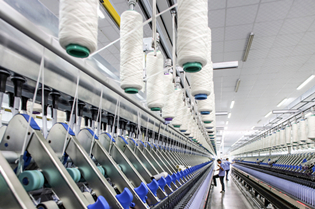Rock paintings of Zhuozi Mountain

The rock paintings at the foot of Zhuozi Mountain are 15 kilometers from the city center.
The rock paintings at the foot of Zhuozi Mountain are 15 kilometers from the center of Wuhai city. The rock paintings are divided into of six sections -- Zhaoshaogou, Kucaigou, Mao'ergou, Subaiyingou, Subaiyinhougou and Que'ergou, which are divided into two categories: rock paintings on the gentle mountainous slope like those at Zhaoshaogou, and rock paintings on cliffs like the other five sections.
According to studies, these paintings were made in the Xia, Shang and Zhou dynasties (21st century BC to 256 BC), Warring States and Han (475 BC-AD 220), being about 1,700-4,000 years old.
The paintings on a comparably flat lime slope of Zhaoshaogou are the most famous, being cultural relics of China's northern nomadic nationalities in the Bronze Age. A total of 10 paintings are still distinguishable, most of which have human figures with different expressions, an Apollo pattern, animals and horse-riders, presenting scenes such as sacrifices, games, migration, family gatherings and dancing.
The rock paintings of humans and animals on the Que'ergou cliff are 4 kilometers southeast of the Haibowan Power Plant, which is 2 kilometers southwest of Hainan District of Wuhai City.
Lying from the mouth of the Kucaigou Gully 10 kilometers north of Wuhai City, the rock paintings are on dolomite cliffs in the south, with on the cliffs in the north.
Mao'ergou, 12 kilometers northeast of Wuhai City, is a big gully of the Zhuozi Mountain Range. The rock paintings are mainly on the cliffs in the south of it, which was the site of sacrifices for ancient nomadic tribes. The paintings have strong primitive religious characteristics.
Subaiyingou, 10 kilometers east of the Wuhai City, boasts rock paintings engraved on the 5-meter-high cliffs at the north. The painting area is of buff color, which is even clear when viewing from the bottom of the gully.



 Print
Print Mail
Mail





